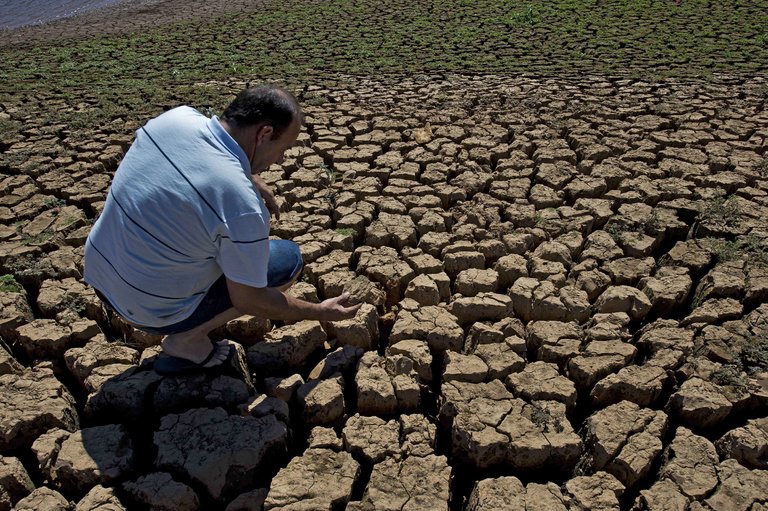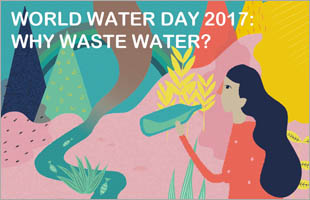The Environmental Protection Agency just proposed to repeal critical protections for the drinking water of 117 million Americans. After tragedies like Flint, Mich., the toxic algal bloom in Ohio, and countless other tales of polluted waterways, it’s hard to overstate the importance of safe drinking water for all.
In 2015, the Clean Water Rule clarified the streams and rivers protected by the Clean Water Act, our bedrock clean water legislation. The rule also protects wetlands, which help filter out pollutants and provide wildlife habitat, as well as serve as buffers against the fiercest storms. Read more






